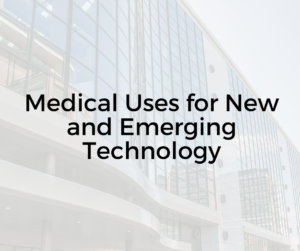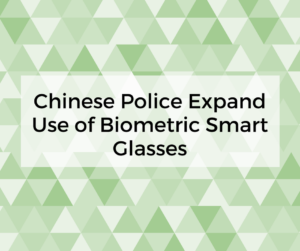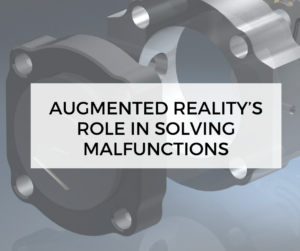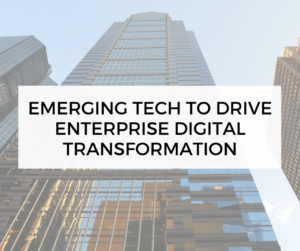XenoHolographic SportTechie Partnership Introduce AR to Sports Industry

XenoHolographic’s AR platform provides sports teams, venues, and brands with the capability to create AR fan engagement in addition to leveraging AI for analysis of consumer behaviour in real time. The organisation was recently named the exclusive AR and AI mobile app platform for Aurora Games, a multi-esports, all-women’s international competition created by Jerry Solomon, sports management icon. The Aurora Games Mobile App features 3D content managed in the XenoCloud with real-time event score tracking, livestreaming capability, and gives fans ability to collect AR holographic content, available to trade as ‘Trading AR Collectibles’ implemented with XenoHolographic’s proprietary Blockchain platform.
Kevin Patrick, Senior Vice President of XenoHolographic, is quoted to have said that the company’s AR tech platform provides ‘one of the most advanced content management and distribution solutions of holographic mobile experiences for real time measured engagement’, and that their partnership with SportTechie will enable introduction of fan engagement solutions to well-known sports teams, brands, and venues.
Jim Capuano, Global Head of Partnerships at SportTechie, is also quoted to have said that the organisation is proud to partner with XenoHolographic and is excited to implement their AR and AI solutions this year.
As part of the collaboration, SportTechie will deliver consulting, referral, and marketing services to their partner. XenoHolographic will also sponsor a large variety of SportTechie’s content subscription platforms.








